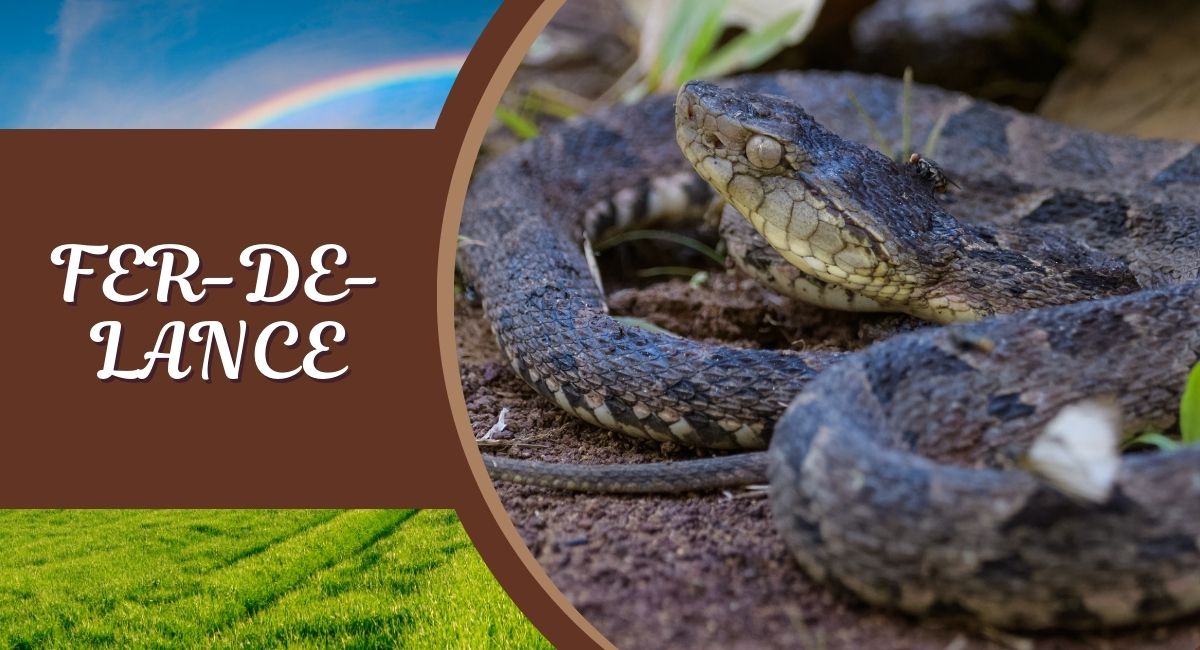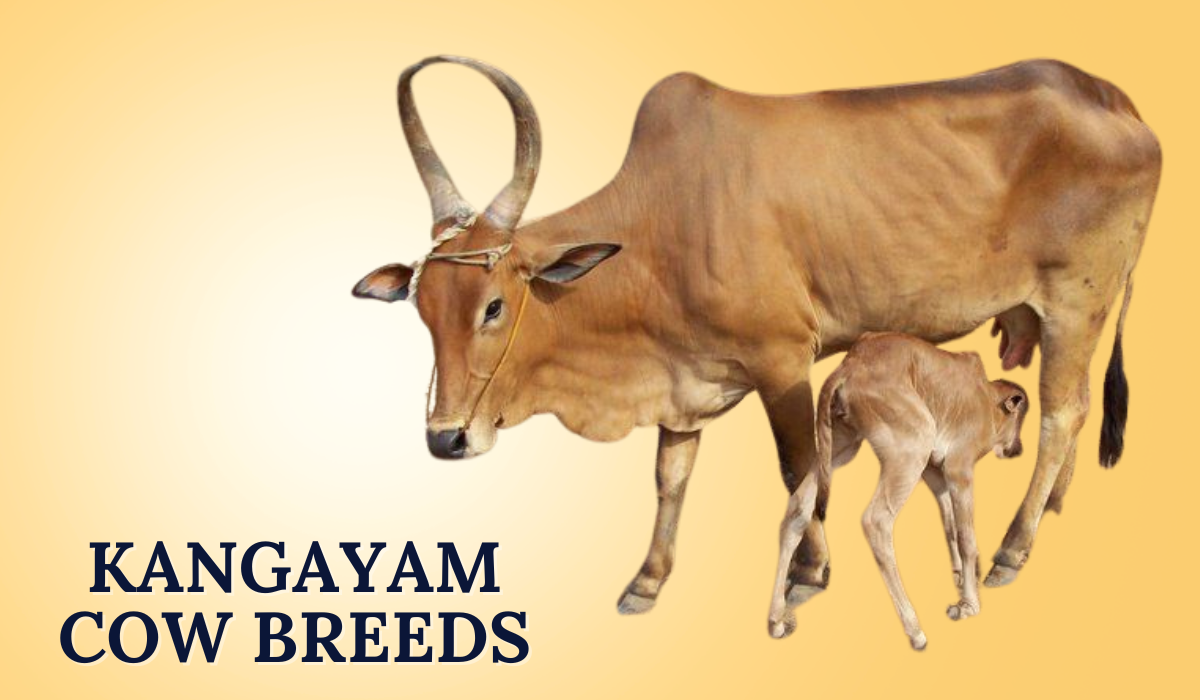The fer-de-lance snake, scientifically known as Bothrops asper, is one of the most venomous pit vipers in Central and South America. Its venom is known for causing severe tissue damage and systemic effects in humans. This snake has gained a reputation as one of the deadliest snakes in the world due to the potency of its bite. The name “fer-de-lance,” which translates from French as “spearhead,” perfectly describes its triangular head shape.
This distinctive feature reflects the lethal potential of its bite. The fer-de-lance is feared for its venom, but it is also respected for its adaptability. It thrives in various habitats, including tropical rainforests, agricultural lands, and disturbed environments. This adaptability makes it a crucial species in the ecosystems it inhabits.
The fer-de-lance snake’s ability to thrive in diverse environments highlights its ecological significance as both predator and prey. This species plays an essential role in controlling rodent populations and maintaining the balance of its ecosystem. In this article, we will explore the fer-de-lance snake. We will cover its physical characteristics, habitat preferences, behavioral patterns, dietary habits, reproductive strategies, and conservation status. By understanding the biology and ecology of the fer-de-lance, we can raise awareness. This will help foster greater appreciation for this incredible reptile and emphasize the need for its conservation in a rapidly changing world.
The Fer-de-Lance Snake One of the Most Venomous Snakes
Physical Characteristics
Fer-de-lance snakes are easily recognizable due to their robust bodies, distinctive triangular heads, and striking markings. Typically measuring between 3 to 6 feet (0.9 to 1.8 meters) in length, some individuals can grow even larger. Their coloration is quite variable, ranging from light brown to dark olive, often adorned with a series of darker, zigzag patterns along their backs. This intricate patterning not only enhances their aesthetic appeal but also provides excellent camouflage against the forest floor, helping them evade both predators and unsuspecting prey.
In addition to their physical appearance, Deadliest Snakes In The World possess large, sensitive heat-detecting pits located between their eyes and nostrils. These specialized sensory organs play a crucial role in their hunting strategy, enabling them to detect warm-blooded prey, such as rodents and birds, even in low-light conditions. This adaptation, combined with their potent venom and ambush hunting technique, makes fer-de-lance snakes highly effective predators in their natural habitats. Their unique physical characteristics and adaptations underscore their ecological significance and the need for awareness regarding their conservation.
Habitat and Distribution
The fer-de-lance snake thrives in a variety of environments, showcasing its remarkable adaptability. This species commonly inhabits tropical rainforests, deciduous forests, and agricultural areas, showcasing its ability to occupy diverse habitats. Its distribution includes several countries across Central and South America, such as Costa Rica, Panama, Colombia, and Ecuador. Notably, the Bothrops atrox snake is commonly found in disturbed habitats. These include plantations and pastures, which contribute to its status as one of the most prevalent pit vipers in these regions.
Although primarily terrestrial, fer-de-lance snakes are also known for their arboreal behavior. They occasionally climb trees in search of prey or refuge. This versatility in habitat utilization aids in their hunting strategies. It also allows them to adapt to changes in their environment. Their presence in various ecosystems highlights their ecological role. As both predator and prey, it underscores the importance of understanding and conserving this significant species within its native range.
Behavior and Diet
Bothrops atrox snakes are primarily nocturnal hunters. This behavior allows them to take advantage of the cover of darkness while seeking prey. Their exceptional senses, particularly their ability to detect heat, help them locate small mammals, birds, and amphibians. These specialized heat-sensing pits on their faces allow them to hunt efficiently even in low-light conditions. Once a potential target is identified, the Bothrops atrox employs an ambush strategy. It lies in wait for unsuspecting prey to come within striking distance.
With remarkable speed and precision, the Bothrops atrox strikes, injecting venom to quickly immobilize its catch. After subduing the prey, it uses its highly flexible jaws to swallow it whole. This feeding technique is typical of snakes, allowing them to consume prey larger than their heads. As a result, the snake can take advantage of a variety of food sources in its environment.
The Bothrops atrox hunts effectively at night and relies on its venom to capture prey. This makes it a deadliest snake in the world , playing a crucial role in controlling populations of small animals in its ecosystem.
Reproduction
Fer-de-lance snakes generally breed during the rainy season, which varies significantly depending on the specific region. During this time, females give birth to live young, with litter sizes typically ranging from 10 to 40 offspring. This viviparous reproductive strategy allows the young snakes to develop fully within their mother’s body before being born, providing them with a better chance of survival in their often harsh environments.
Upon birth, the young Deadliest Snakes In The World are fully independent and capable of hunting immediately, equipped with a venom composition similar to that of adult snakes. This adaptation ensures that they can effectively capture prey right from the outset, reducing their vulnerability and increasing their chances of survival. The ability to reproduce successfully and the independence of the young snakes contribute to the fer-de-lance’s resilience and its capacity to maintain populations across a variety of habitats. This reproductive strategy underscores the species’ ecological significance and adaptability in a changing environment.
Conservation Status
Interesting Facts About the Fer-de-Lance Snake
- Potent Venom: The Bothrops atrox has one of the most toxic venoms among pit vipers, capable of causing severe tissue damage and systemic effects in humans.
- Cultural Significance: In some cultures, the fer-de-lance is both feared and revered, often featuring in local folklore and traditional medicine.
- Adaptive Camouflage: Its striking pattern helps it blend seamlessly into its surroundings, making it an effective ambush predator.
- Heat Detection: The snake’s heat-sensing pits enable it to locate warm-blooded prey even in complete darkness.
- Aggressive Defense: When threatened, the fer-de-lance will often adopt a defensive posture, flattening its body and hissing loudly to deter potential threats.
Conclusion
The Bothrops atrox snake is a remarkable species with a significant ecological role in its habitat. Its potent venom, adaptability, and unique behaviors make it a fascinating subject for study. Understanding the biology and ecology of the fer-de-lance is important. It helps foster a greater appreciation for these snakes. Moreover, it promotes conservation efforts aimed at protecting them and their habitats. As we continue to learn about the complexities of the natural world, we must recognize the importance of all species. This includes the often-misunderstood fer-de-lance snake.



